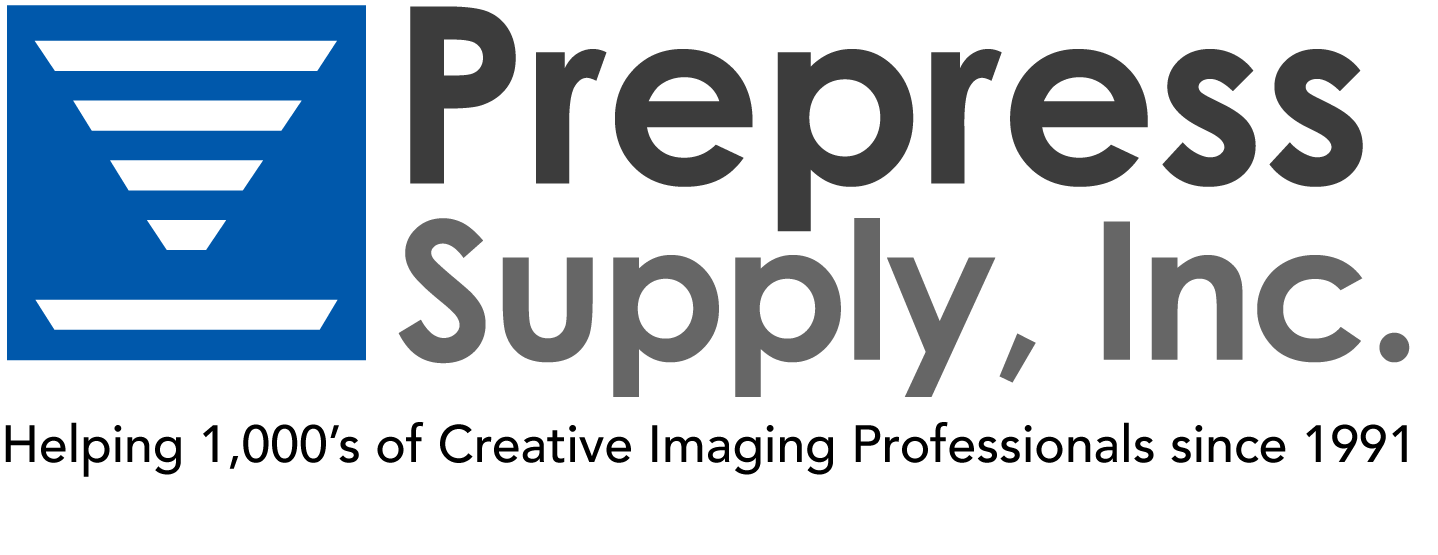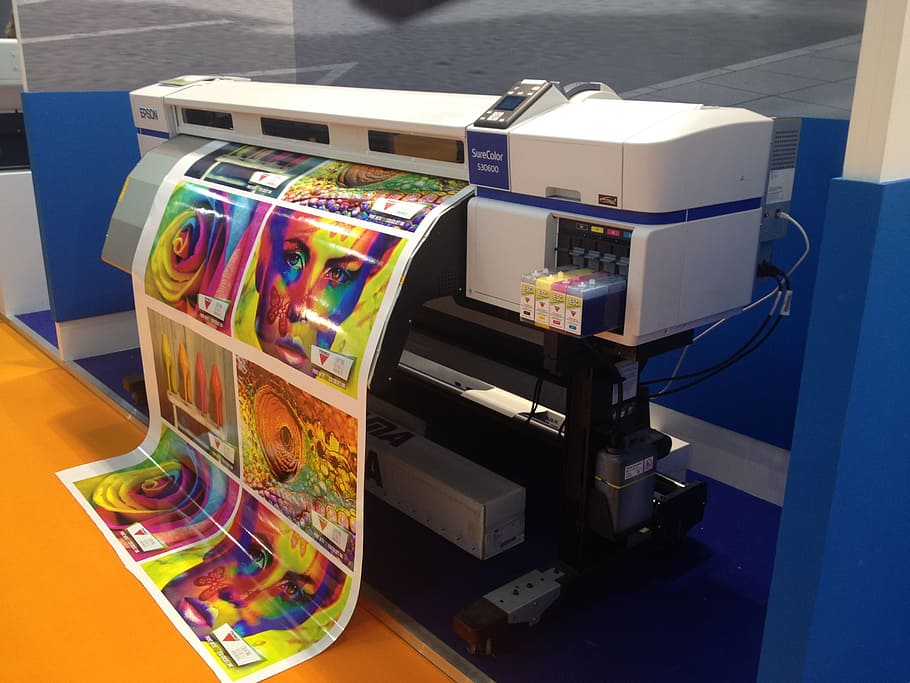Optimizing Your Large Format Printing Ink and Media Usage

Ink and media costs can significantly impact your bottom line in large format printing. By implementing effective strategies to minimize these expenses, you can save valuable resources and enhance your profitability. It is crucial to strike the right balance between quality and cost, ensuring that your prints maintain their visual impact while minimizing waste and unnecessary expenditure.
Selecting the Right Printer and Supplies
Choosing the appropriate printer and supplies is the first step towards optimizing your ink and media costs. Consider investing in high-quality printers that offer efficient ink consumption and are compatible with cost-effective media options. Conduct thorough research, compare different models, and consult with industry experts to make an informed decision.
Additionally, select media that aligns with your specific printing requirements. Look for media options that offer good print quality while being cost-effective. Remember, the choice of media can have a significant impact on ink consumption and overall print quality so the price point of your media does not tell the full story when it comes to cost-savings as cheaper media can have negative impact on your ink yields.
Calibration and Color Management
Accurate calibration and color management are paramount when it comes to large format printing. By calibrating your printer and ensuring consistent color profiles across different devices, you can minimize ink wastage caused by reprints and achieve optimal color accuracy. Proper calibration also helps you avoid unnecessary media expenses due to incorrect color output.
Regularly monitor and maintain your printer's color management settings to ensure optimal performance. Consider investing in color management tools and software to streamline the calibration process and achieve consistent and accurate results.
Print Settings Optimization
To optimize your ink and media costs, it is essential to fine-tune your print settings. Adjusting parameters such as resolution, print mode, and ink density can significantly impact the amount of ink consumed per print. Experiment with different settings and find the right balance between quality and ink usage.
Lowering the resolution slightly or choosing draft mode for non-critical prints can help reduce ink consumption. However, ensure that the print quality remains acceptable for the intended purpose. Fine-tuning ink density settings can also provide significant savings without compromising on the visual impact of your prints.
Proper Maintenance and Cleaning
Regular maintenance and cleaning of your printer are crucial for its longevity and efficient ink usage. Clogged printheads or a poorly maintained printer can lead to wastage of ink and subpar print quality. Follow the manufacturer's guidelines for maintenance, including scheduled cleaning routines and printhead inspections.
Keeping your printer in optimal condition ensures that it functions efficiently, minimizing ink-related issues and potential reprints. By practicing proper maintenance, you can extend the lifespan of your printer and maximize your return on investment.
Centralized Print Job Management
Efficient print job management plays a vital role in optimizing ink and media costs. By centralizing print job submission and monitoring, you can minimize waste and reduce unnecessary expenses. Implementing a print management system allows you to track print volumes, set print quotas, and enforce print policies, leading to better cost control.
Investigate print management software solutions that offer detailed reporting and analytics, enabling you to identify areas of improvement and implement cost-saving measures. With centralized print job management, you can streamline your printing processes and achieve greater efficiency.
Eco-Friendly Practices
Adopting eco-friendly practices not only benefits the environment but can also help reduce ink and media costs. Consider implementing the following measures:
- Recycle and reuse paper and media scraps where possible.
- Opt for recycled or sustainable media options.
- Encourage double-sided printing whenever feasible.
- Use energy-saving features and ensure they are set to sleep mode when not in use.
- Dispose of ink cartridges and other printing-related waste responsibly.
- By embracing eco-friendly practices, you contribute to a greener environment while optimizing your printing expenses.
Optimizing your ink and media costs in large format printing is a critical aspect of running a cost-effective and efficient printing operation. By selecting the right printer and supplies, calibrating and managing colors effectively, fine-tuning print settings, practicing proper maintenance, implementing centralized print job management, and adopting eco-friendly practices, you can achieve substantial savings while delivering high-quality prints.
Remember, cost optimization should not come at the expense of print quality. Strive to strike the perfect balance and continually evaluate and refine your processes to maximize efficiency and profitability.


